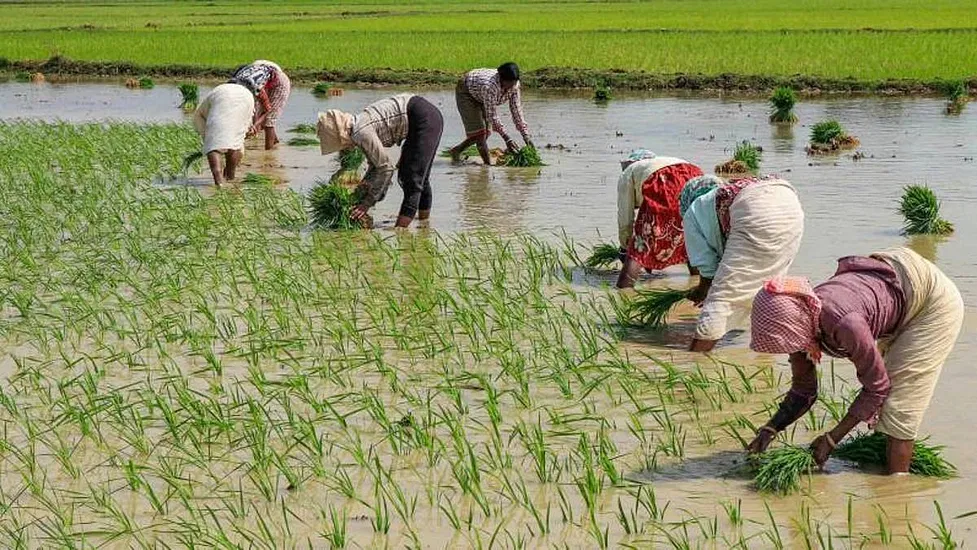Free Courses Sale ends Soon, Get It Now


Free Courses Sale ends Soon, Get It Now



Copyright infringement not intended
Context: Several farmers across the country have observed "foot rot" disease on Basmati rice saplings in nurseries. Paddy seeds are first planted in nurseries, and the saplings are transported to the fields after a month.
Details
Foot rot disease
Epidemiology of foot rot
Diagnosis of foot rot
Management of foot rot
Summary
Must Read Articles:
Basmati Rice: https://www.iasgyan.in/daily-current-affairs/basmati-rice-5
|
PRACTICE QUESTION Q. Recently the term “Fusarium verticillioides” was frequently seen in the news. It is related with; A) A new Artificial Intelligence system B) A malware tool used for cyber war C) A disease-causing fungus in basmati rice D) A disease-causing bacteria in tea plants Answer: C |
© 2024 iasgyan. All right reserved